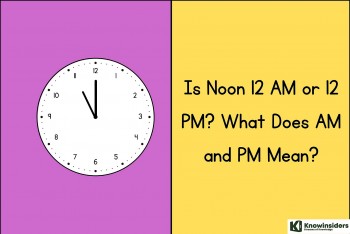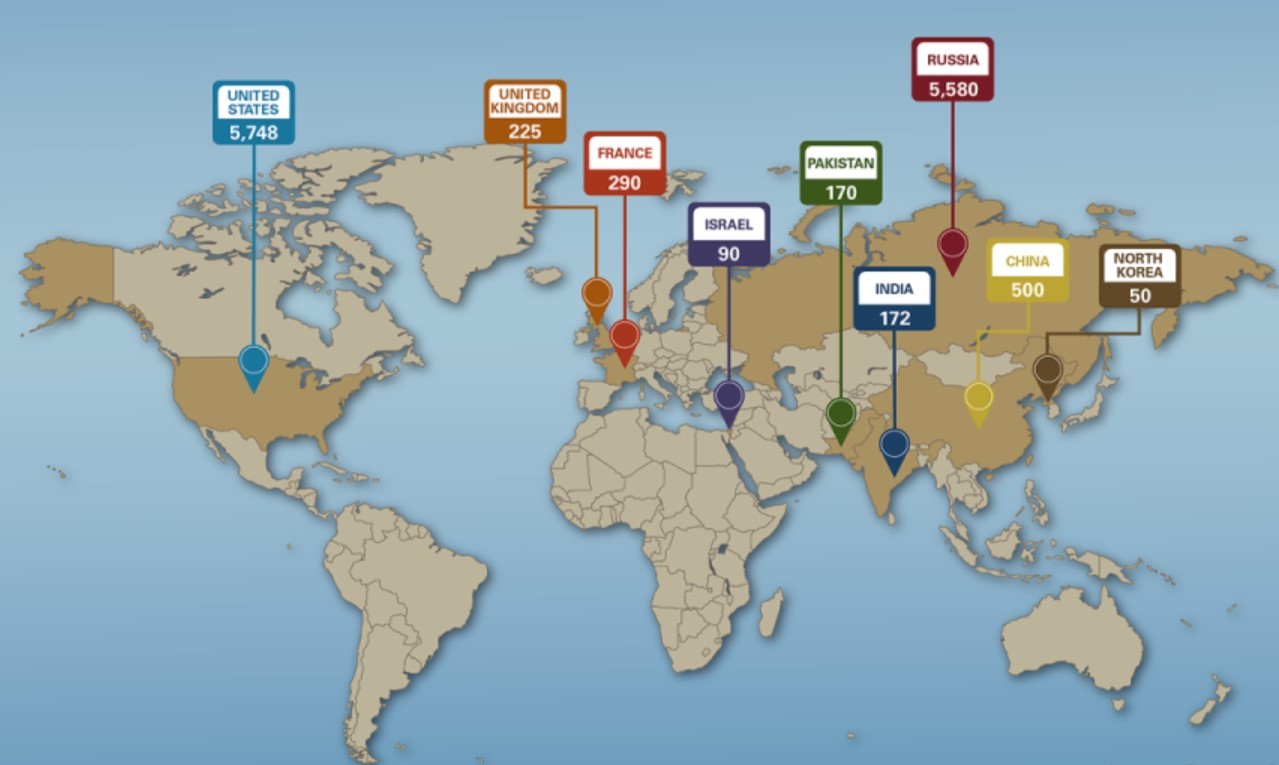How Many Pints in a Gallon? Easy Conversion Tricks You’ll Never Forget!
Why Understanding Pints and Gallons Matters in Everyday Life
Grasping the basics of measurement isn’t just for scientists or professionals—it’s a vital life skill that influences our daily decisions. From cooking a perfect breakfast to managing fuel consumption, measurement accuracy ensures efficiency, safety, and success. Learning how to convert units like pints to gallons can elevate everyday tasks into acts of precision, directly impacting your budgeting, health, cooking, and more.
In countries using the U.S. customary system, pints and gallons are everywhere. In the kitchen, recipes often demand exact amounts of liquids—milk, broth, or oil—in pints or gallons. A miscalculation can ruin a dish. Likewise, beverages such as beer, milk, and juice are sold in these units, influencing shopping habits and portion control. Even more critically, gasoline is measured and priced per gallon, making it essential for trip planning and financial management.
Understanding how many pints are in a gallon is not just trivia—it’s practical knowledge. Whether you're following a recipe, grocery shopping, or calculating fuel costs, accurate conversions can make a big difference. This knowledge empowers smarter decisions across a wide range of real-life scenarios.
Beyond utility, these measurements have a rich history. Exploring the conversion from pints to gallons opens the door to understanding the evolution of measurement systems and how they continue to shape modern life. In this guide, we'll dive deep into the logic, usage, and impact of these units—providing you with the tools to master everyday measurements with confidence.
 |
| How Many Pints, Quarts and Cups Fill a Gallon? |
Definition of a Pint and a Gallon
A pint is a unit of volume or capacity in both the imperial system and the U.S. customary system used for liquid and dry measurements. In the U.S. customary system, one pint is equal to 16 fluid ounces (fl oz), or approximately 473 milliliters. The imperial pint, used in the United Kingdom and other countries, is larger, amounting to about 20 imperial fluid ounces, or approximately 568 milliliters.
A gallon, similarly, is a larger unit of volume used in the same systems. In the U.S. customary system, one gallon equals 128 U.S. fluid ounces or about 3.785 liters. In the imperial system, one gallon holds 160 imperial fluid ounces, equating to about 4.546 liters. This significant difference in size between the two types of gallons has practical implications in various fields, including cooking, automotive, and industrial applications.
What are the U.S. Customary and Imperial Systems?
The U.S. customary system is a system of measurements used primarily in the United States. It evolved from the British imperial system that was in place in the American colonies. Today, it includes units such as inches, feet, yards, miles, ounces, pounds, pints, quarts, and gallons.
The imperial system, on the other hand, was standardized in the United Kingdom in 1824, long after the U.S. had established its independence. It was developed to create a uniform system of measurements across the British Empire. Similar to the U.S. system, it includes units like inches, feet, yards, miles, and, notably, the imperial pint and gallon, which differ in size from their U.S. counterparts.
Difference Between the Two Systems
While both systems share historical roots and some unit names, they differ significantly in the sizes of those units. This discrepancy often leads to confusion in international trade, cooking, and other activities that require precise measurements. For example, an American recipe calling for a gallon of liquid would require significantly more liquid if one were to mistakenly use an imperial gallon as the measure.
The difference in volume measurements, particularly between the pint and gallon, can impact everything from food recipes to fuel efficiency calculations, making it crucial for individuals working in an international context to specify which measurement system they are referencing. Awareness of these differences is not just a matter of trivia but a practical necessity in a globalized world where both systems are in active use.
How Many Pints Are in a Gallon?
In the realm of conversions, understanding how many pints fit into a gallon is essential for both practical and academic applications. In the U.S. customary system, the conversion is straightforward: one gallon is equivalent to 8 U.S. pints. This means that when you are using U.S. measurements, dividing the gallon into pints will consistently yield eight separate measurements of one pint each.
In the Imperial system, used predominantly in the United Kingdom and some Commonwealth countries, the conversion remains the same in terms of number but different in terms of volume: one imperial gallon also divides into 8 imperial pints. However, it is crucial to remember that both the imperial pint and gallon are larger than their U.S. counterparts.
The divergence between the U.S. and imperial measurements can be traced back to historical decisions that led to the standardization of different systems. The U.S. gallon is based on what was known as the "wine gallon," a measure used in England prior to 1824. This specific gallon was defined as 231 cubic inches, which was originally devised to apply to wine and other alcoholic beverages.
In contrast, when the British government standardized measurements with the Weights and Measures Act of 1824, they redefined the gallon; the imperial gallon was established based on the volume of 10 pounds of water at a temperature of 62 degrees Fahrenheit and an air pressure of 30 inches of mercury. This redefinition was aimed at creating a more scientifically precise system that could be uniformly applied across the British Empire. The imperial gallon thus calculated turned out to be approximately 277.42 cubic inches, making it larger than the U.S. gallon.
This historical distinction explains why the two systems, although sharing common roots and names for their units, have maintained differences in their actual measurements. This variance can lead to significant discrepancies when one system's unit is mistakenly used in the place of the other, especially in contexts where precision is critical, such as in scientific research, engineering, and international trade. Awareness and careful consideration of which system is being used are thus essential to avoid potential errors and miscommunications.
How to Convert Pints into Gallons?
1. U.S. Customary System
Since there are 8 pints in a U.S. gallon, to convert pints to gallons, you divide the number of pints by 8.
• Formula: Gallons = Pints ÷ 8
• Example: If you have 16 pints, then 16 ÷ 8 = 2 gallons.
2. Imperial System
Similarly, because there are also 8 imperial pints in an imperial gallon, the conversion formula is the same as in the U.S. system.
• Formula: Imperial Gallons = Imperial Pints ÷ 8
• Example: If you have 24 imperial pints, then 24 ÷ 8 = 3 imperial gallons.
How to Convert Gallons into Pints?
1. U.S. Customary System
Since one gallon equals 8 pints, to convert gallons to pints, you multiply the number of gallons by 8.
• Formula: Pints = Gallons × 8
• Example: If you have 3 gallons, then 3 × 8 = 24 pints.
2. Imperial System
Again, as one imperial gallon equals 8 imperial pints, the conversion formula remains consistent.
• Formula: Imperial Pints = Imperial Gallons × 8
• Example: If you have 5 imperial gallons, then 5 × 8 = 40 imperial pints.
These formulas allow you to easily switch between pints and gallons in both measurement systems, ensuring you can handle recipes, fuel calculations, and any other situation where these units are used.
Read More: How to Convert Within Metric Measurements: Check Best Methods and Easy Steps
Practical Applications of Pints and Gallons in Everyday Life
Everyday Use in Cooking and Baking
One of the most common areas where understanding the relationship between pints and gallons is essential is in the kitchen. Recipes often call for pints or gallons of liquids such as water, milk, or stock. For instance, when scaling up a soup recipe that originally requires 2 pints of broth to serve more guests, knowing that there are 8 pints in a gallon helps in quickly converting and adjusting the recipe to a larger quantity, such as a gallon, without error. This conversion is particularly useful in baking where precision is critical for achieving the desired results.
Industrial and Commercial Implications
In industries such as manufacturing, the accurate conversion of pints to gallons can impact the formulation of products, chemical reactions, and cost estimations. For businesses that deal in bulk liquids—like paint, beverages, or fuel—the gallon is a fundamental unit of measure. Knowing how many pints are in a gallon helps ensure that production, packaging, and distribution are conducted efficiently and economically. For example, a brewery that packages beer in pints must precisely calculate how many pints can be filled from a gallon-sized batch to optimize their production line and inventory.
Health and Medical Fields
In healthcare settings, precision in liquid measurements is critical. Nurses often need to know how to convert measurements like pints to gallons when administering fluids or medications that are stored in larger quantities. Accurate conversions ensure proper patient care by adhering to the prescribed dosage guidelines, which are often defined in smaller units like milliliters or fluid ounces but need to be converted from larger storage units like gallons.
Environmental and Agricultural Applications
Farmers and environmental scientists frequently work with measurements like pints and gallons when dealing with water for irrigation or pesticides for crop spraying. Knowing how many pints are in a gallon aids in precise calculations of water usage per acre, helping to optimize water conservation strategies and ensure the correct amount of product application. This knowledge is crucial for sustainable farming practices and environmental conservation efforts, where even small miscalculations can lead to water wastage or overuse of chemicals.
Educational Value and Everyday Decisions
Understanding measurement conversions is also a valuable educational tool that aids in developing mathematical skills. For everyday consumers, it can influence decisions at the grocery store, such as understanding product volumes and comparing costs per unit volume. For instance, knowing how many pints are in a gallon can help a shopper decide whether to buy a gallon of milk or a pint depending on their needs and the price difference.
What Is the Relationship Between a Quart, Cup, and Pint?
In both the U.S. customary system and the imperial system, the relationship between a quart, cup, and pint is part of a larger framework of volume measurements. Here’s how these units relate to each other in the U.S. customary system:
U.S. Customary System
• 1 quart equals 2 pints.
• 1 pint equals 2 cups.
• 1 quart therefore equals 4 cups.
To put it simply, you can visualize this relationship as a progression where each quart contains 2 pints, and each pint contains 2 cups, making a total of 4 cups in a quart.
Imperial System
The imperial system, used mainly in the United Kingdom, also maintains a consistent relationship but with different volumes:
• 1 imperial quart equals 2 imperial pints.
• 1 imperial pint equals 4 imperial cups (historically used, but in modern contexts, the imperial cup is less common).
• 1 imperial quart would therefore historically equal 8 imperial cups, but in modern recipes and measurements in the UK, the cup is not commonly used.
It's important to note that while the ratios in each system are the same (i.e., the number of cups in a pint and pints in a quart), the actual volume of each unit differs between the U.S. customary system and the imperial system. This difference emphasizes the need for careful attention to which system is being referenced, especially in activities like cooking or scientific measurements, where precision is crucial.
How Many Cups Fill a Gallon?
In the U.S. customary system, there are 16 cups in a gallon. This is because the system is structured as follows:
1 gallon = 4 quarts
1 quart = 2 pints
1 pint = 2 cups
So, multiplying through:
1 gallon = 4 quarts × 2 pints/quart × 2 cups/pint = 16 cups
In the imperial system, which is less commonly used for such conversions today, and typically does not widely use the cup as a standard measure, the calculation in U.S. terms would still follow a similar progression if converted directly. However, it's important to note that imperial units are larger than their U.S. counterparts, so the actual volume would differ.
How Many Quarts Fill a Gallon?
In both the U.S. customary system and the imperial system, there are 4 quarts in a gallon. Here's how it breaks down in each system:
- U.S. Customary System: 1 gallon = 4 quarts
- Imperial System: 1 imperial gallon = 4 imperial quarts
This consistency across both measurement systems simplifies conversions within the context of larger liquid volumes, whether for cooking, automotive, or other industrial uses.
Table of Conversions Between Cups, Pints, and Gallons
| Gallons (gal) | Pints (pt) | Cups (c) |
|---|---|---|
| 1 | 8 | 16 |
| 2 | 16 | 32 |
| 3 | 24 | 48 |
| 4 | 32 | 64 |
| 5 | 40 | 80 |
| 6 | 48 | 96 |
| 7 | 56 | 112 |
| 8 | 64 | 128 |
| 9 | 72 | 144 |
| 10 | 80 | 160 |
| 11 | 88 | 176 |
| 12 | 96 | 192 |
| 13 | 104 | 208 |
| 14 | 112 | 224 |
| 15 | 120 | 240 |
| 16 | 128 | 256 |
| 17 | 136 | 272 |
| 18 | 144 | 288 |
| 19 | 152 | 304 |
| 20 | 160 | 320 |
Final Thoughts
In conclusion, in an increasingly interconnected world, knowing how to accurately convert between pints and gallons is no longer just a helpful skill—it’s an essential one. As global communication, trade, and travel expand, a solid understanding of basic volume measurements becomes crucial for both professional and personal success. By investing in measurement education and encouraging widespread literacy in unit conversions, we empower individuals to navigate everyday challenges with confidence—from the kitchen to the workplace—ensuring smarter decisions, better outcomes, and a more informed society.
 Is Noon 12 AM or 12 PM? What Does AM and PM Mean? Is Noon 12 AM or 12 PM? What Does AM and PM Mean? As clocks tick across the globe, one of the common confusions that persists in everyday conversations revolves around the terms "12 AM" and "12 PM." ... |
 What Does a Mole on Nose Reveal Your Life: Happy or Miserable, Good or Bad? What Does a Mole on Nose Reveal Your Life: Happy or Miserable, Good or Bad? There are many types of moles on the nose and they in turn reveal your personality, career, love life and destiny, according to physiognomy. |
 The Biggest Furby Myths That People Believed In The Biggest Furby Myths That People Believed In In 1999, the Furby became the most popular holiday gift for children (and some adults). There were various myths surrounding Furby's existence and emergence that ... |
 Interesting Facts About Tamagotchi - Japanese Handheld Game Interesting Facts About Tamagotchi - Japanese Handheld Game Do you adore Tamagotchis? Do you think you know everything about them? Learn these ten7 secrets and become an expert! |























